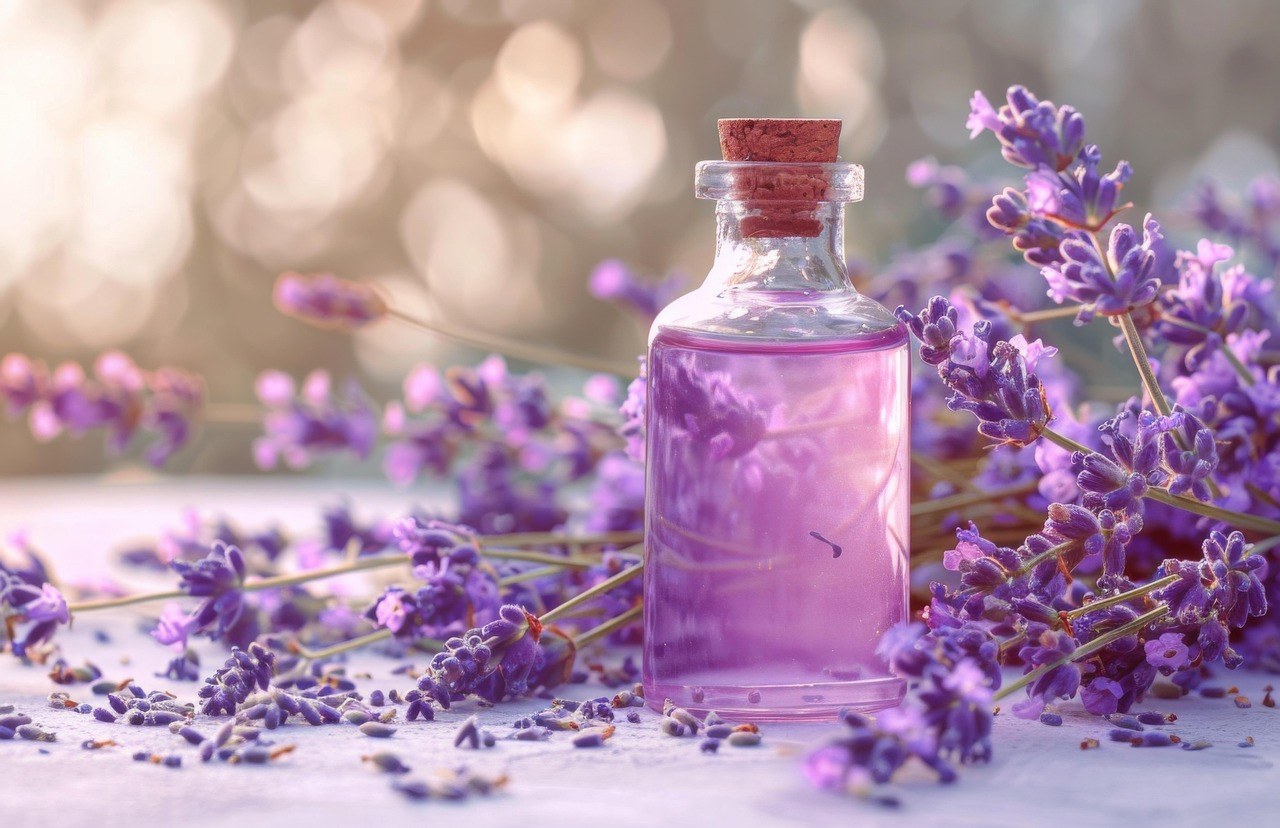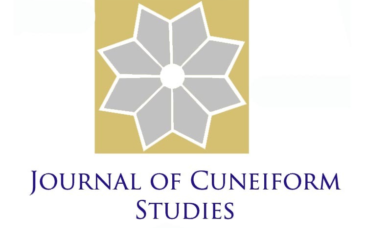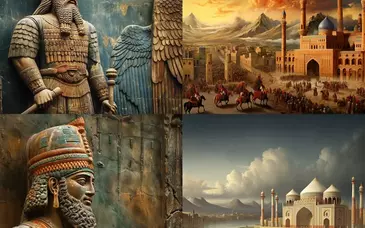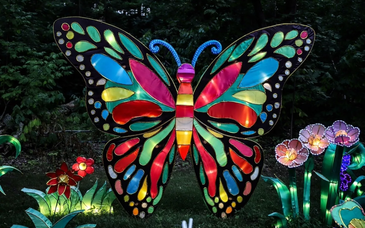Scent is an invisible muse, weaving its way into the creative process with a power that’s both subtle and profound. From painters to poets, musicians to designers, artists have long harnessed aromas to spark inspiration, evoke emotion, and shape their work. Today, fragrances like the Best Chloe Fragrances offer a modern twist on this timeless dance between scent and art. This article explores how aromas fuel creativity, blending science, history, and the sensory magic that stirs the imagination.
The Science of Scent and Creativity
A Direct Line to the Brain
Smell bypasses the usual filters of thought, plugging straight into the limbic system—the brain’s hub for emotion and memory. A whiff of rain-soaked earth or a blooming rose can trigger a flood of ideas before you even register why. Studies show this olfactory shortcut boosts divergent thinking, the kind of freewheeling creativity artists crave. It’s no wonder scents like the floral elegance of Best Chloe Fragrances feel like a brushstroke of inspiration.
Mood and Muse
Aroma shifts mood, and mood shifts art. Lavender calms, unlocking quiet reflection—perfect for a writer drafting a tender scene. Citrus jolts, igniting the energy a sculptor needs to chisel stone. Research from the Journal of Neuroscience links pleasant scents to heightened focus and originality, making them silent partners in the creative act.
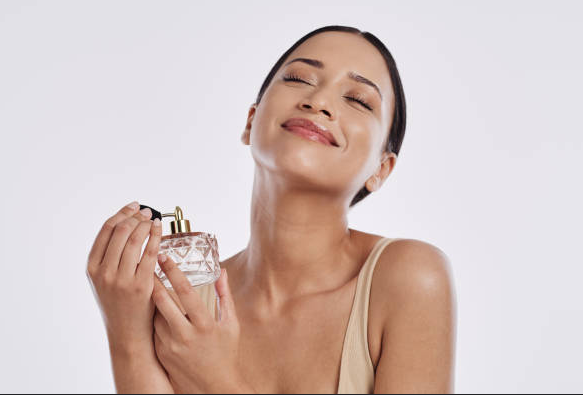
Historical Scents, Artistic Sparks
The Renaissance Perfume Palette
In the Renaissance, artists didn’t just paint—they sniffed. Leonardo da Vinci reportedly kept bowls of spiced orange peel in his studio, believing the zesty aroma sharpened his mind. The era’s perfumers, blending myrrh and amber for the elite, indirectly fed the artistic boom. Those warm, resinous notes might’ve drifted through workshops, nudging geniuses toward their next masterpiece.
Today, the Best Chloe Fragrances echo this with their sophisticated blends—think rose and peony—offering a modern nod to that golden age of creation.
Romanticism’s Fragrant Rebellion
By the 19th century, Romantic poets like Shelley and Byron leaned on scent for their wild, emotive verses. Violets and damp moss inspired odes to nature, while opium-tinged air fueled darker musings. Perfume wasn’t just personal—it was atmospheric, a tool to conjure the sublime. Artists inhaled their worlds, letting scent paint the canvas of their minds.
Scent as a Creative Medium
Perfume as Art
Perfumery itself is a craft where scent becomes the canvas. Masters like Jean-Claude Ellena, creator of Hermès classics, liken their work to composing music—top notes as melody, base notes as rhythm. A fragrance like Chloé’s Nomade, one of the Best Chloe Fragrances, weaves oakmoss and freesia into a story of wanderlust. For enthusiasts, wearing it is less about adornment and more about embodying an artistic narrative.
Visual Art Meets Aroma
Painters have long toyed with scent’s influence. Wassily Kandinsky, the abstract pioneer, believed smells could evoke colors—jasmine for yellow, musk for deep red. Modern artists take it further: Anicka Yi’s installations blend fermented bacteria and perfume, turning galleries into olfactory experiments. Scent doesn’t just inspire here—it’s the medium, blurring lines between senses.
Music and the Scented Note
Composing with Fragrance
Musicians, too, tune into aroma. Composer Erik Satie reportedly spritzed his piano with rosewater, claiming it softened his melodies. Today, artists like Björk pair albums with custom scents—her “Utopia” release came with a woody-floral whiff. The Best Chloe Fragrances, with their layered complexity, could easily soundtrack a symphony, their notes rising and falling like a song.
The Studio Atmosphere
Studios hum with scent’s subtle influence. A jazz saxophonist might burn sandalwood incense to loosen improvisation, while a pop producer spritzes citrus to keep the beat sharp. It’s less about the music itself and more about the headspace—aroma sets the stage for the unexpected riff or lyric twist.
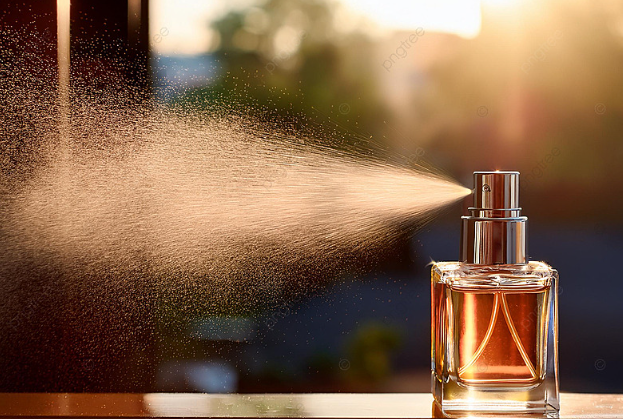
Literature and the Olfactory Muse
Words Born of Scent
Writers have always leaned on smell to flesh out worlds. Marcel Proust’s madeleine dipped in tea—its buttery, floral aroma—launched a seven-volume epic. Virginia Woolf filled her diaries with notes on lilac and sea air, letting them steer her stream-of-consciousness prose. Scent isn’t just description; it’s the spark that ignites the page.
A dab of something from the Best Chloe Fragrances, like Chloé Eau de Parfum’s powdery rose, might coax a poet into a stanza—or a novelist into a chapter.
The Writing Ritual
Modern authors craft rituals around scent. A thriller writer might light a smoky oud candle to conjure tension, while a memoirist dabs vetiver for grounding. It’s a sensory anchor, pulling focus amid distraction. The right aroma turns a blank screen into a story waiting to spill out.
Modern Creativity: Scent in Everyday Art
Design and Innovation
Beyond traditional arts, scent fuels design. Fashion houses like Chloé weave fragrance into their ethos—their ateliers likely hum with the same florals found in their perfumes. Product designers, too, sniff out inspiration: a car interior might mimic leather and cedar to feel luxe. Scent shapes how we experience the created world, often without us noticing.
Personal Expression
For the everyday artist—doodling, cooking, gardening—scent plays a quiet role. A potter might inhale clay and glaze fumes, unconsciously guiding their hands. A chef’s spice rack—cumin, saffron—dictates the dish’s soul. Wearing one of the Best Chloe Fragrances could nudge a sketcher toward softer lines or bolder strokes, blending personal style with sensory input.
Harnessing Scent for Your Craft
Building a Creative Scent Wardrobe
Curate aromas like tools. Keep a zingy grapefruit spritz for brainstorming, a velvet amber for refining. Rotate them with mood—light florals for play, deep woods for focus. Subscription boxes or sample sets let you experiment without commitment, building a palette as unique as your art.
The Ritual of Application
Make scent part of the process. Mist it on before picking up a brush, or let it linger on your wrists as you type. Diffuse it in your workspace—juniper for clarity, rose for warmth. It’s less about the fragrance itself and more about the signal: creativity starts now.
Inspiration on Demand
Stuck in a rut? Sniff something new. A whiff of oud might jolt a stagnant plot, while lavender soothes an overworked mind. Keep a vial handy—travel-sized classics or indie oddities—and let it break the block. It’s a small act with big ripples, turning aroma into your co-creator.
